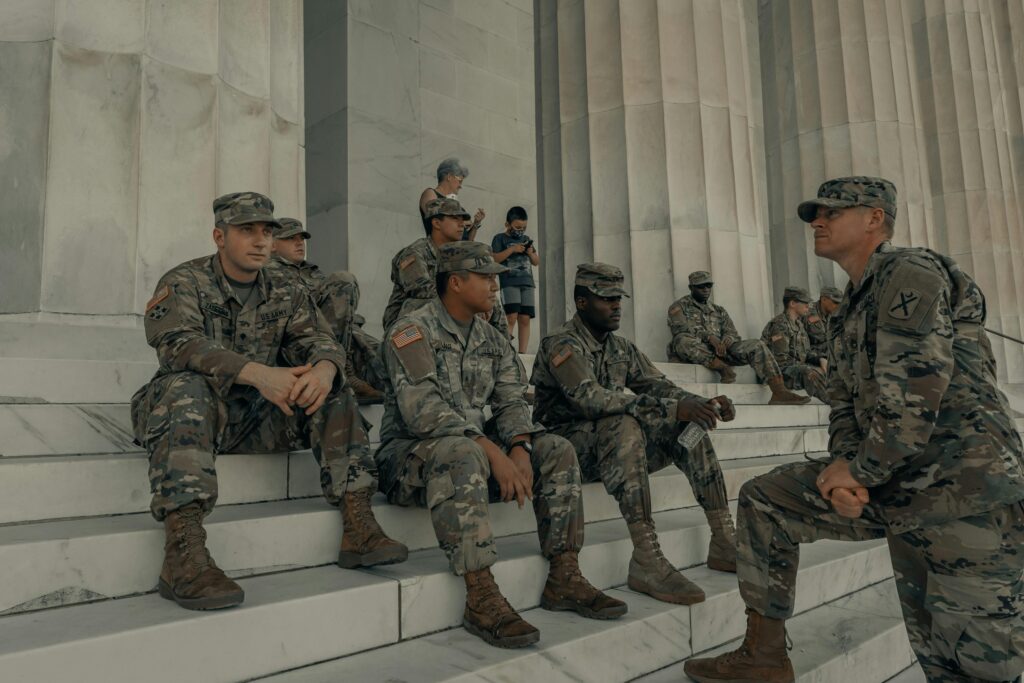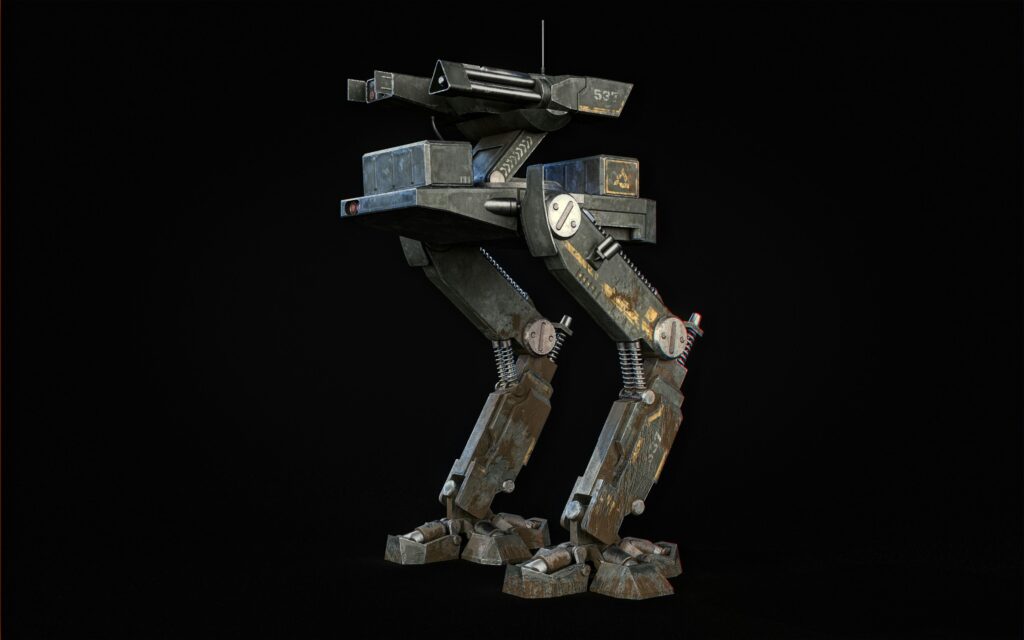In the high-stakes world of military conflict, where every decision can mean the difference between victory and defeat, strategy reigns supreme. Among the many tools commanders employ, deception stands out as one of the most powerful and timeless tactics. From ancient battlefields to modern warfare, the art of misleading the enemy has shaped the course of history and continues to influence military operations today. In this article, we’ll explore the critical role deception plays in mastering military strategy, uncovering how it can outwit opponents, protect forces, and ultimately turn the tide of war in one’s favor. Whether you’re a history enthusiast, defense professional, or simply curious about the intricacies of warfare, understanding deception is key to appreciating the complexity behind military success.
Table of Contents
- Understanding the Fundamentals of Military Deception and Its Historical Impact
- Key Techniques and Psychological Principles Behind Successful Deception Tactics
- Analyzing Case Studies Where Deception Turned the Tide of Battle
- Strategic Recommendations for Integrating Deception Into Modern Military Operations
- Closing Remarks
Understanding the Fundamentals of Military Deception and Its Historical Impact
Military deception is a sophisticated art form employed to mislead adversaries, diverting their attention and resources while commanders execute strategic objectives. At its core, it involves crafting an elaborate web of false information, disguises, and feints, all meticulously designed to manipulate enemy perception. This practice ranges from subtle misinformation campaigns and dummy troop deployments to complex electronic warfare tactics. The true power of deception lies in its ability to exploit human psychology—forcing opposing forces to make decisions based on fabricated realities rather than actual battlefield conditions. Understanding these fundamentals reveals how deception has repeatedly shaped the outcomes of conflict through calculated trickery and strategic insight.
Throughout history, numerous examples demonstrate its critical role in altering the tide of war. Consider the elaborate ruse during the Normandy invasion in World War II, where the Allies created phantom armies and fake radio transmissions to convince German forces that the attack would come at Pas-de-Calais, not Normandy itself. This legendary operation showcases key components:
- Disinformation: Spreading false intelligence to confuse the enemy.
- Deceptive Communication: Using decoy radio messages and visual props to reinforce illusions.
- Misdirection: Redirecting enemy focus away from the true objective.
These tactics have not only saved countless lives but have cemented deception as an indispensable element of military strategy, proving time and again that what the enemy believes can be more influential than what is factually true.
Key Techniques and Psychological Principles Behind Successful Deception Tactics
Deception in military operations hinges on a deep understanding of human cognition and perception. Successful tactics exploit the enemy’s assumptions, biases, and decision-making processes by presenting misleading information crafted to appear credible and urgent. At the core is misdirection, where forces focus the adversary’s attention away from genuine objectives through false signals, dummy installations, or feigned maneuvers. These methods manipulate the opponent’s mental model, causing them to waste resources or make tactical errors. The principle of cognitive overload also plays a vital role; by inundating the enemy with excessive or conflicting data, commanders induce confusion and hesitation, buying precious moments for decisive actions.
Another pivotal psychological principle is confirmation bias, whereby deceivers exploit the enemy’s predispositions, tailoring false narratives to align with existing beliefs or expectations. This reinforcement makes fabricated intelligence more believable and thereby more effective. Recommended techniques include:
- Use of decoys and simulated movements to create false fronts
- Controlled leaks and misinformation through disinformation channels
- Timing deceptive actions to coincide with high-stress or chaotic battlefield moments
- Employing ambiguity to delay enemy decisions, forcing reliance on guesswork
The strategic crafting of these elements requires not only creativity but a profound grasp of the adversary’s mindset and cultural context. When successfully integrated, deception transcends mere trickery, becoming a decisive psychological weapon that shapes the flow and outcome of warfare.
Analyzing Case Studies Where Deception Turned the Tide of Battle
Deception in military history has repeatedly demonstrated its potential to flip seemingly insurmountable odds. Take the Battle of Thermopylae, for example, where Greek forces used misinformation and feigned retreats to lure the Persians into vulnerable positions. Similarly, during the Battle of Hastings, William the Conqueror employed false retreats to break the shield wall of the Anglo-Saxon forces, a tactic that decisively shifted the momentum. These maneuvers showcase how misdirection and psychological manipulation can outwit brute strength, turning strategy into the true weapon on the battlefield.
Other remarkable examples include the Operation Fortitude of World War II, where Allied forces constructed elaborate fake equipment and created phantom army divisions to mislead Nazi intelligence about the D-Day invasion site. The success of this operation underscores the effectiveness of combining physical decoys with communication warfare. Key elements contributing to these victories through deception include:
- Exploiting enemy assumptions: Understanding how adversaries perceive their environment allowed commanders to craft believable yet false narratives.
- Coordinated multi-layered tactics: Combining visual tricks, misinformation, and timing maximized the impact of the deception.
- Maintaining operational security: Preventing leaks ensured that the enemy acted on false information without skepticism.
Strategic Recommendations for Integrating Deception Into Modern Military Operations
To effectively harness deception in today’s complex battlefield, commanders must design integrated strategies that combine traditional tactics with cutting-edge technology. Leveraging misinformation through cyber operations, electronic warfare, and decoy deployments can distort enemy perceptions and decision-making processes. It’s essential to develop multifaceted deception plans that align with broader mission objectives, ensuring every false signal and feint supports the ultimate strategic goal. This means synchronizing real-time intelligence analysis with dynamic deception layers to adapt quickly to enemy countermeasures.
Key approaches to consider include:
- Embedding deception into command and control networks to create misleading operational narratives.
- Employing artificial intelligence to generate believable fake communications and battlefield scenarios.
- Training personnel extensively on deception techniques to enhance execution fidelity under pressure.
- Fostering inter-branch cooperation for seamless implementation of multi-domain deception campaigns.
Ultimately, military deception is no longer just about smoke screens or physical decoys; it’s about orchestrating an adaptive, intelligence-driven environment where enemies are led into strategic paralysis or misallocation of their resources. Building this capability demands foresight, technological innovation, and an unyielding commitment to outthink and outmaneuver adversaries at every turn.
Closing Remarks
In the complex landscape of warfare, mastering military strategy requires more than just brute force and advanced technology—it demands the subtle art of deception. As we’ve explored, the ability to mislead and manipulate not only confounds the enemy but can decisively shift the tides of battle. Understanding the historical precedents and modern applications of deception underscores its enduring relevance in military planning. Whether on the battlefield or in strategic command centers, the successful integration of deceptive tactics remains a critical factor in achieving victory. As military strategy continues to evolve, one thing is clear: those who master deception hold a formidable advantage in the art of war.













